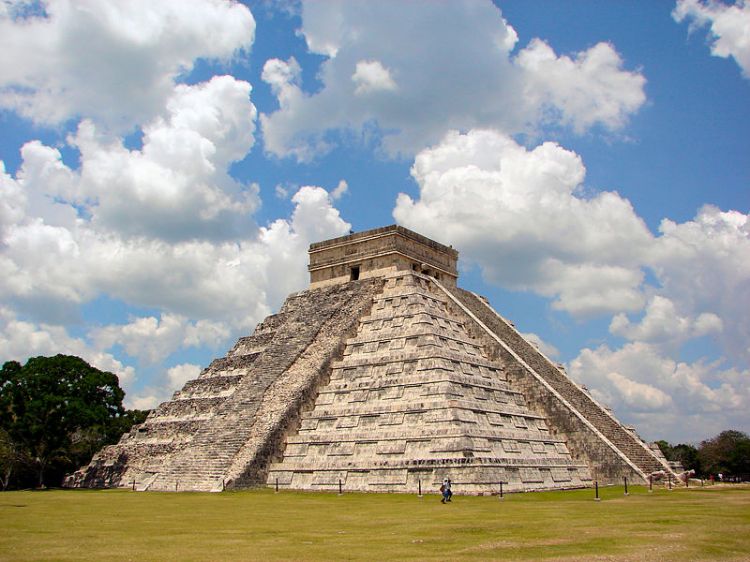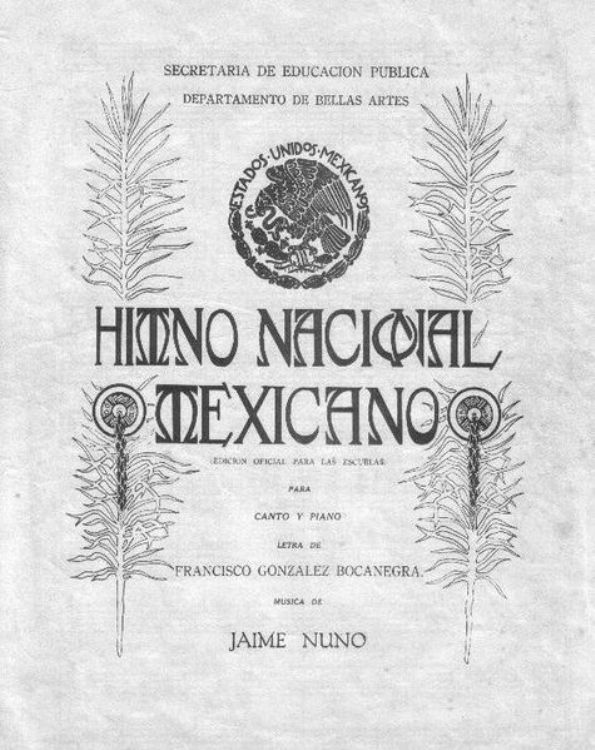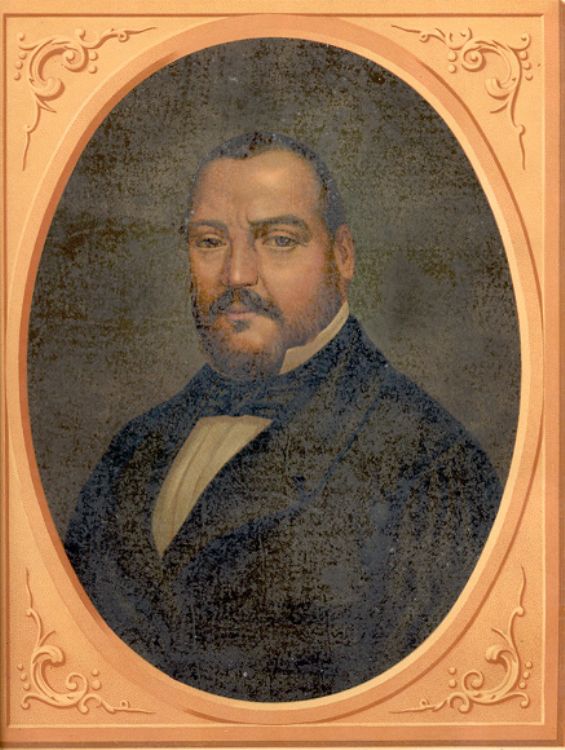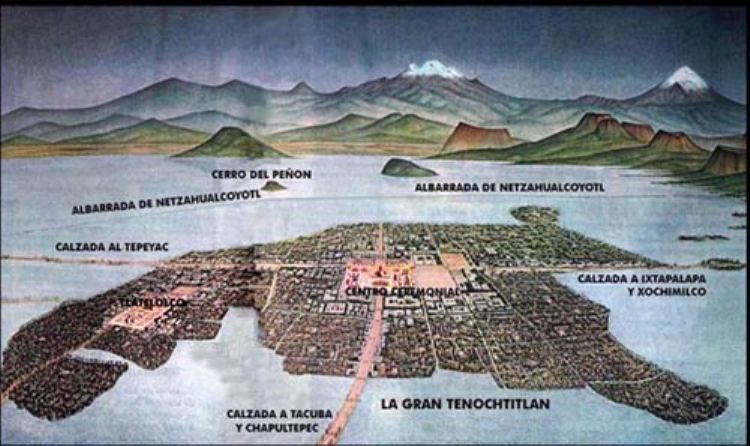Chichén Itzá, a world's wonder

Chichen Itzá (âon the edge of the wellâ according to some interpretations) emerged as the most important city of the Mayan empire, reflected in its architectural complexity and wealth.
Although it is not a pure style because it received the influence of Mesoamerican cultures with whom it carried out economic and political activities. The main myth that originated the veneration to its god could be the figure of Quetzalcoatl -feathered snake- or Kukulcán, both identified as a single god whose promise to return determinately influenced the orientation of its constructions and religious life.
The Mayan world, and particularly the one reflected in Chichén Itzá, gives special importance to the world of the dead, one of the three structures integrating the Cosmos; the sky ruling the cycles of daily life and agriculture, with a direct relation to the Sun; the earthly world, and the world of the dead or underworld, located under water, thatâs the reason why the cenotes forming by water accumulation are still sacred. These three parts are related to the idea of the Sunâs daily fight for ultimately winning and having a new day.
Thatâs how the Mayan cosmos is, a sequence of levels to ascend and descend, in this same sense, its social structure responds to different segments whose summit is occupied by the priestly class, their relation with the deity gives them the supreme right to govern. In lower hierarchy classes is the rest of society, whose work and activities are also dedicated to the religious life that permeates to agriculture, art and relationships among its individuals.
The representation of the Mayan concept of the Universe is certainly the great pyramid that emerges in this place, an imposing monument measuring 60 x 24 meters, divided into 9 planes that form the underworld, it is ascended through its stairs topped by two heads of the feathered serpent, the main symbol of the Mayan culture.
The architectural perfection and its profound relation to the astronomical phenomenon is proved in two emblematic dates; March 20 and September 21, when the Spring and Autumn equinox take place, the great serpent descends in a game of light and shadow, profoundly emotive for its spectators. The great Kukulkán god and its descent mark the start of agricultural activity. The monumental structure also represents in each step the days corresponding to their 18 month calendar.
The pyramid dates from the period between 300 and 405 A.D. On it are two great structures of carved stone representing the god of rain, Chac Mool, and Kukulkán.
The Juego de Pelota (Ball Game) was another religious activity of great importance for its symbolism, with the generalized interpretation of invoking the Sun for defeating the underworld. The final result was the sacrifice of one of the teams, graphically represented in one of the placeâs carved works.
The Temple of the Jaguars and the Temple of the Skulls have a great artistic wealth, the first showing a carving of serpents and the jaguar, animal representative of the Maya culture. The second is much more dramatic, with many carved skulls and figures of eagles ready to devour dismembered bodies.
It is also recommended to visit the Sacred Cenote, which performed the role of covering in its waters the beings of the underworld. These caverns were therefore destined for the most important Mayan rituals; in its depths it is possible to still find remains of ornate precious metals and stones like jade. It was the place to worship the gods.
Click on the PLAY Button to watch the Video.
Artículo Producido por el Equipo Editorial Explorando México.
Copyright Explorando México, Todos los Derechos Reservados.
Fotografía tomada de Wikipedia.Org Ver Autor y Licencia





.jpg)
